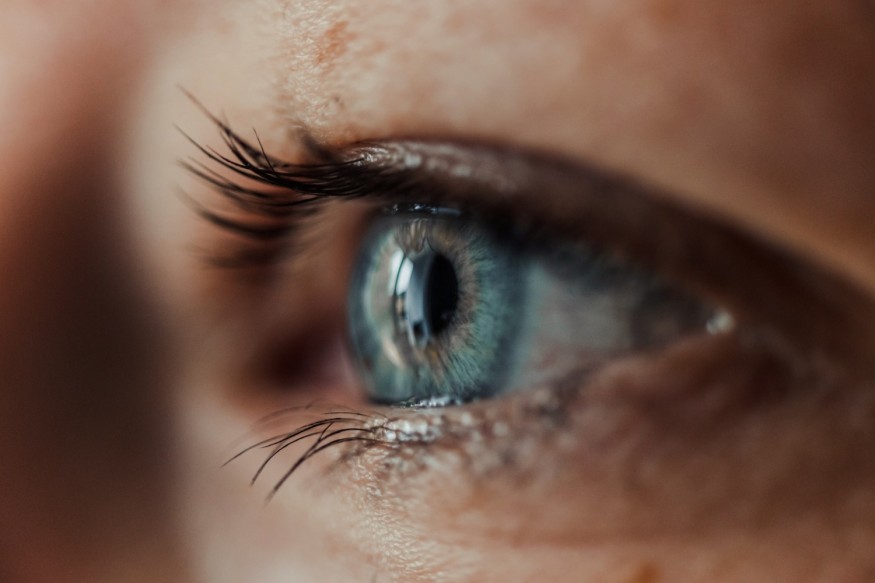
Are you experiencing eye irritation, inflammation, or pain?
Eye infections can be painful and cause vision problems. But don't worry - there are ways to treat them quickly and easily.
In this article, you'll learn about:
what are eye infections
types of eye infections
causes and symptoms
treatments
how can you can prevent eye infections
Interested in finding out what a meibomian cyst is? Keep reading to discover.
What are Eye Infections?
Eye infections are a condition that occurs when harmful microorganisms invade the eye and cause inflammation or irritation. They affect people of any age and gender.
They are caused by harmful microorganisms such as bacteria, viruses, and fungi that can enter the eye and cause inflammation and infection.
These infections can occur in the eyelids, the conjunctiva, and the cornea. These infections can range from mild to severe and can lead to vision loss if left untreated.
Types of Eye Infections
There are several types of eye infections, and each condition has its unique set of symptoms and treatment options. Some of the most common types of eye infections include:
Conjunctivitis (Pink Eye)
Conjunctivitis, commonly known as pink eye, is a highly contagious eye infection caused by bacteria or viruses.
Conjunctivitis affects the thin, clear layer of tissue covering the white part of the eye and the inner surface of the eyelids.
It can affect one or both eyes and is characterised by redness, itching, and discharge from the eyes.
This infection is usually caused by a viral or bacterial infection, allergies, or irritants such as smoke, dust, or chemical fumes.
Styes
A stye, or hordeolum, is a small, painful lump that develops on the eyelid. It is usually caused by a bacterial infection in the oil glands of the eyelid.
Styes can be internal (inside the eyelid) or external (on the eyelid's surface). They can cause swelling, redness, and discomfort in the affected area.
Corneal Ulcers
A corneal ulcer is a painful sore on the cornea, the clear, dome-shaped surface that covers the front of the eye.
This condition can occur due to bacterial, viral, or fungal infections, as well as from dry eye disease or eye injuries.
They can cause severe pain, redness, and in some cases, vision loss.
Meibomian Cysts
A chalazion, also known as a meibomian cyst, is a small, non-infectious lump that develops on the eyelid when the oil gland becomes blocked.
This condition is not contagious and often goes away on its own, but it can cause discomfort and vision problems if left untreated.
They can cause discomfort, redness, and swelling in the affected area.
Causes and Symptoms
Common causes of eye infections include:
poor hygiene
allergies
contact lens use
exposure to contaminated water or soil
Common symptoms include:
redness
itching
discharge
swelling
blurred vision
If these symptoms are left untreated, an eye infection can lead to scarring of the cornea or even vision loss.
Treatment Options
The treatment of eye infections depends on the type and severity of the infection. Some common treatment options include:
Over-the-counter Solutions
Mild infections can often be treated with over-the-counter solutions such as eye drops or ointments.
Artificial tears can also help relieve the symptoms of eye infections. They are available in various forms, including drops, gels, and ointments.
Prescription Medication
Prescription medication, such as antibiotics, antiviral, or antifungal drugs, may be necessary to treat severe or persistent eye infections.
They are available in the form of eye drops, ointments, or oral medication. In some cases, surgery may be necessary to remove the infection.
In cases of meibomian cysts, warm compresses and lid massages may be recommended to help the blocked gland open up and drain.
Prevention of Eye Infections
Preventing eye infections is essential to maintaining healthy eyes. Some tips to prevent eye infections include:
Wash your hands regularly with soap and water
Avoid touching your eyes with your hands
Practice good contact lens hygiene
Avoid sharing towels, pillows, or makeup
Wear protective eyewear when necessary
It's also important to avoid contact with people who have an eye infection and to clean and disinfect any objects that may be contaminated with harmful microorganisms.
Additionally, implementing a healthy lifestyle, including a balanced diet and sufficient sleep, can help support healthy eyes and prevent infections.
Conclusion
Eye infections are a common condition that can affect anyone.
They can cause discomfort and pain. If they are left untreated, they can lead to vision loss. It's essential to seek medical attention if you suspect you have an eye infection.
Following good hygiene practices and taking care of your eyes can help prevent eye infections and maintain good eye health.












